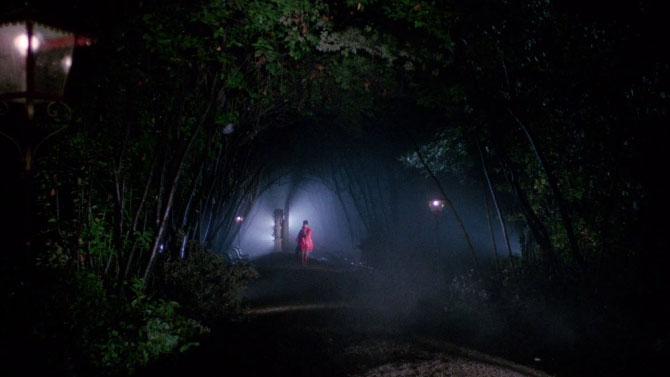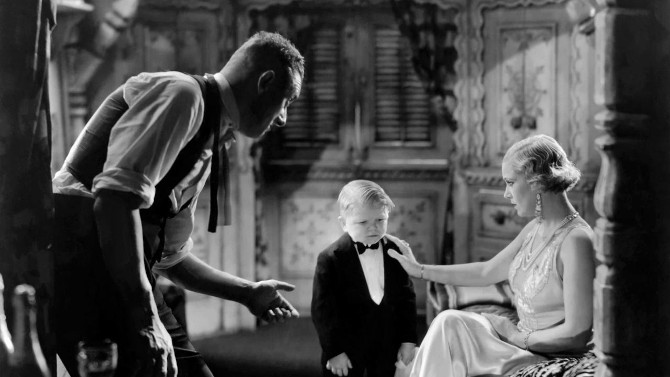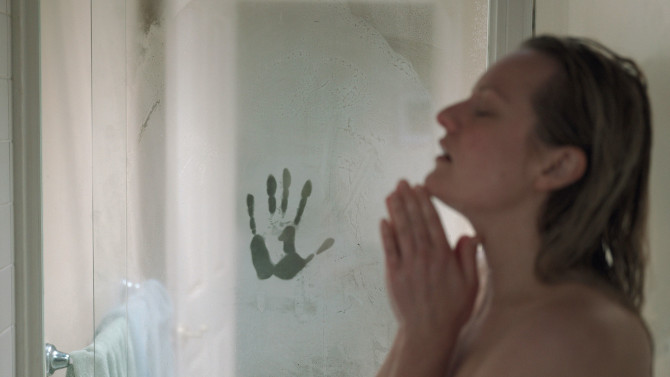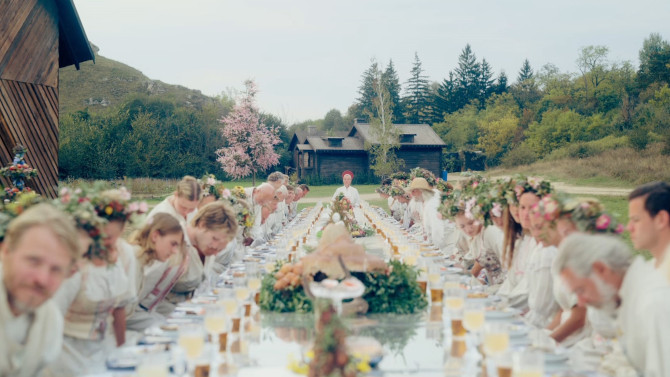
Missed the Bloody Cut: 2020 (Part 3)
The final Missed the Bloody Cut of this October (and this year), enjoy these three out-there horror movies that didn’t make the grade, but deserve to be recognized for a number of reasons anyway. Happy Halloween everyone!

Catch Latch
When given a specific set of instructions, it is always best to follow them. . . after all, Ikea furniture can look pretty daunting if you’re missing that annoying Allen key and have to improvise. But, as horrific as the above scenario might sound, of course I’m actually talking about horror movies – specifically, a hair-raising four minute short film called Latch (2017), written and directed by Landon Stahmer. It all starts off simple enough – here are the instructions: “Hold out the match and say ‘show me the light or leave me in the darkness’. . . If you hear something, turn away, light the match and wait. DON’T LOOK BACK. . . but if you look, you might see something looking back at you”. A somewhat typical game teens might play late into the night during a sleep over, our girl receiving said instructions is Sofia (Sarah Bartholomew), a prototypical ‘I’m not scared of anything’ kind of teen. . . her brother, Daniel (Brandon Johnston), the one seemingly trying to spook her. But we know better, there is no Narnia in the wardrobe she is entering, but rather, she is playing with some sort of folkloric ritual.

Back in Black Lace
With a retrospective gaze back in time, there is no denying that Mario Bava’s Blood and Black Lace (1964) is one of the key influences on the giallo. Though it had very little success upon its initial release, and it did not cause a boom for this Italian genre immediately. . . instead, these mystery/thrillers were less focused on the intoxicating style found in Bava’s feature, looking more into the psychosexual realm while pulling from films from other countries (the works of Hitchcock, Clouzot’s Diabolique, the krimi or crime movies out of Germany). It was not until Dario Argento caused a giallo explosion with 1970's The Bird with the Crystal Plumage (which was influenced by Blood and Black Lace), that things changed. . . the visual panache of these two pictures giving 1970's Italian film makers something more close to home to serve as inspiration. And boy is this film sumptuous. Usually I wouldn’t start with the opening credits, but they are one of the best you’ll ever see. Creepily beautiful, Bava, along with cinematographer Ubaldo Terzano (the director, though uncredited, also helped with the lighting – after all, he was a director of photography before becoming a director), design a visual menagerie to introduce all of our main actors to us.

Sideshow
One of the most infamous horror films of all-time, 1932's Freaks can arguably be called the most daunting watch of the pre-Code era. Transporting the viewer inside the private part of the very public lives of a Great Depression era traveling circus, the film is populated by only a few professional actors, most of the cast featuring sideshow performers with real disabilities. So controversial was it that negative test screenings forced the MGM studio execs to edit out some of its more disturbing elements, chopping twenty-six minutes of its (at that time) ninety minute runtime – the original cut has sadly been lost. Further adding to its dark mystique, the picture’s director, Tod Browning, fresh off of the success of his gargantuan hit of the previous year, Dracula, was able to choose the project he wanted (and he, in retrospect, made the wrong choice with this unusual horror drama with romantic tinges). So repulsed were some critics, sections of America (and the world), as well as Hollywood elites, that it brought forth the end of his career at the prime age of fifty-two.

Rarely Seen
A rare example of a remake done right, 2020's The Invisible Man, written and directed by Leigh Whannell, takes the general idea from the 1933 classic (as well as the 1897 novel by H.G. Wells) and updates it for the twenty-first century, never going too far, giving it a crisp, claustrophobic feeling. Stuck in a violent, psychologically draining relationship, we are dropped right into the troubled life of Cecilia Kass (Elisabeth Moss), a woman who is trapped under the all-controlling dome of tech wiz millionaire Adrian Griffin (Oliver Jackson-Cohen) – who has hit it big in the field of optics. Disturbingly controlling, his abode, like the overall story, has been updated for the twenty-first century – instead of a gothic castle full of secret passages and torches, it is a sleek, ultra modern, hyper reflective open floor-plan mansion teetering on the edge of the ocean. . . with all of the technology needed to keep the outside world at bay (and the inside guests trapped).

Midsommar Murders
If you were ever to create a list of unsafe places to travel, it is unlikely that Sweden would even make it anywhere near that piece of paper, or tech device – for those more modern individuals. Though after watching 2019's Midsommar, written and directed by Ari Aster (who exploded onto the scene with 2018's Hereditary), some people might be reconsidering the stunning Scandinavian country. A slow burner of a dark horror mystery fairytale in the vein of The Wicker Man (preferably the 1973 vehicle starring Christopher Lee rather than the 2006 remake with Nicholas Cage), this narrative starts off in a pretty dark and depressing way. Let’s just say that Dani (Florence Pugh – Little Women), who is in her early twenties, becomes orphaned in the blink of an eye.
